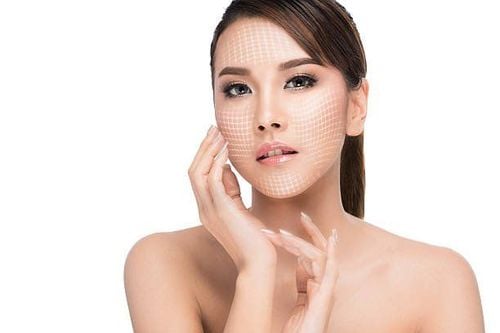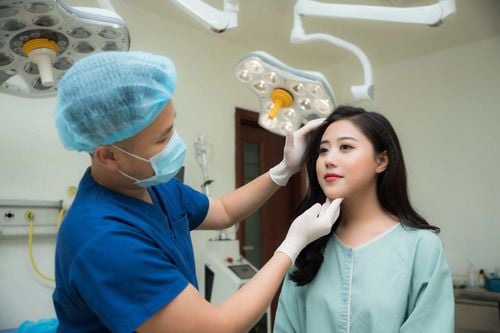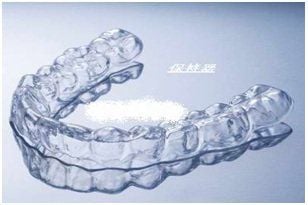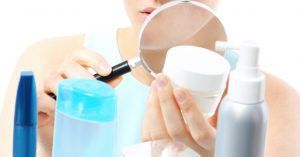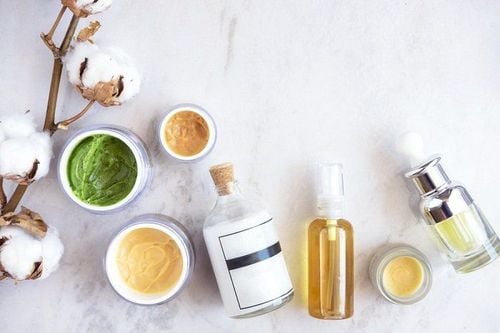This is an automatically translated article.
Alcohol, also known as alcohol, is an organic compound containing an -OH group directly attached to the carbon in the molecule. When it comes to alcohol, we often think of alcohol in alcohol or alcohol used in the medical field, but alcohol is also very commonly used in the composition of cosmetics. So what is the effect of alcohol in cosmetics?
1. Classification of alcohol in cosmetics
Alcohol used in cosmetics is often divided into two different types: dry alcohol and fatty alcohol.Dry alcohol in cosmetics has the same characteristics and properties as the alcohol used in alcohol and is commonly known as ethanol, methanol, ethyl alcohol, alcohol denat, isopropyl alcohol... The harms of dry alcohol are relatively many. So the use of dry alcohol in cosmetics can sometimes be harmful to the skin. In particular, the most common type of dry alcohol is ethanol because of its colorless, volatile properties, commonly found in alcoholic beverages and also in many different cosmetics.
Fatty alcohol in cosmetics is considered a type of alcohol that brings many benefits. It is used as an emulsifier (helps to disperse the oils and water that form the basis of cosmetic products), an emollient (a natural moisturizer) and acts as a base thickener. Some common and safe fatty alcohols are cetyl alcohol, cetearyl alcohol, stearyl alcohol, behenyl alcohol, and myristyl alcohol.
MORE: What is the effect of alcohol in cosmetics?
2. What is the effect of alcohol in cosmetics?
2.1. Alcohol is the solvent
Ethanol, a form of dry alcohol in cosmetics, is considered a very good solvent for many things that water alone cannot do. Therefore, ethanol is used a lot in perfumery because many aromatic oils and esters are usually insoluble in water, but can dissolve in alcohol.
Some non-polar skin care ingredients make it difficult to dissolve in water, but ethanol on the contrary helps them dissolve easily.
Many skin care cosmetics use alcohol glycol as a solvent (such as propanediol, propylene glycol), but because they are not volatile, they often make the skin shiny (this condition can be good or bad depending on the skin type). ).
2.2. Alcohol in cosmetics as extraction solvent
Alcohol is a versatile solvent, so they are often used to extract ingredients and active ingredients from plants.

Cồn trong mỹ phẩm làm dung môi chiết
2.3. Alcohol helps to clean the skin
Many toners and make-up removers contain alcohol to help remove lipids, oils, and waxes from the skin's surface. In addition, alcohol in cosmetics is also used in the steps of preparing the skin before a skin replacement treatment (peel skin).
2.4. Alcohol helps preserve cosmetics
High concentrations of alcohols are used as a cosmetic preservative, however this role of alcohol is no longer common.
Among the drying alcohols in cosmetics, benzyl alcohol is often used to increase the preservation of many different products.
2.5. Improve the absorption of cosmetics
Ethanol's fast evaporation properties help increase the absorption of cosmetics. Besides, alcohol helps the product formula to spread evenly and quickly penetrate, while creating a cooling effect. This effect of alcohol is commonly known in sunscreens to help make the texture of the product lighter.
2.6. Enhancing the effectiveness of other ingredients
Ethanol helps some active ingredients get deeper into the skin and in high concentrations can increase their effectiveness.
2.7. Increases the permeability of active ingredients through the skin
Ethanol penetrates rapidly through human skin through different mechanisms. First, alcohol is a solvent so it can increase the solubility of active ingredients. Furthermore, permeation of ethanol into the stratum corneum alters the soluble nature of this barrier leading to increased permeability of active substances across the cell membrane.
In addition, the rapid penetration of ethanol combined with the rapid evaporation of alcohol can modulate the thermodynamic activity of the active ingredient in the formulation. When ethanol is evaporated, the concentration of substances in cosmetics can increase beyond solubility and become supersaturated, giving greater impetus to osmosis.
Another theory has reported ethanol as a drag solvent, which, when penetrated into the skin, can carry (draw) cosmetic substances.
In addition, ethanol is a volatile solvent that can increase the extraction of some lipid fractions from the inside of the stratum corneum when used at high concentrations for a long time and improve the permeability of active ingredients through the skin.
Fatty alcohols in cosmetics also have the ability to enhance penetration of other ingredients. In which, 1-octanol and 1-propranolol alcohol were found to be effective enhancers of salicylic acid and niacinamide (vitamin B3) in rat skin in some experiments.
MORE: Are alcohol-containing cosmetics good?

Ethanol thấm nhanh qua da người thông qua các cơ chế khác nhau
3. So is alcohol good or bad for the skin?
As analyzed above, both dry alcohol and fatty alcohol in cosmetics bring many skin care effects. So why do many people avoid or limit the use of alcohol-containing cosmetics?
According to research, of the two types above, the type that is harmful to the skin is the dry alcohol in cosmetics. The reason is that if the concentration is too high, drying alcohol removes the oil and protein layer on the surface, affects the skin's moisture-retaining film, causing dryness, premature aging, irritation in some cases and decreased ability to self-protection of acne skin.
For those reasons, people with dry, sensitive, irritated and acne-prone skin should avoid using drying alcohol in cosmetics, most typically alcohol-based toners.
However, if alcohol is used in low concentrations or in well-formulated products that contain moisturizing ingredients that can neutralize alcohol, the presence of drying alcohol in cosmetics can sometimes be beneficial to the skin. especially those with oily and combination skin.
At that time, the drying alcohol in cosmetics will help the nutrients penetrate deeper, dry faster and create a dry feeling for the skin.
4. Identify high alcohol content in products
To determine whether the concentration of dry alcohol in the ingredient list is high or low, the user should consider the order number that the dry alcohol appears in the ingredient list on it, if the dry alcohol is listed near the bottom of the list of ingredients. The ingredients show that the concentration of dry alcohol in the product is very low, users can feel secure when using it.
If dry alcohol appears in the order of the first 5 ingredients, then the concentration of dry alcohol is quite high, so users need to be more careful when using this product, especially for those with dry skin, sensitive skin or a history of allergy to alcohol.
However, if in the ingredient list of the product, dry alcohol ranks in the top 5 positions, but besides that there are many other moisturizing ingredients that help neutralize this dry alcohol, users can be completely assured to use it. However, it is still not possible to exclude the case of an allergy to alcohol, then it is necessary to stay away from alcohol absolutely.
Please dial HOTLINE for more information or register for an appointment HERE. Download MyVinmec app to make appointments faster and to manage your bookings easily.




